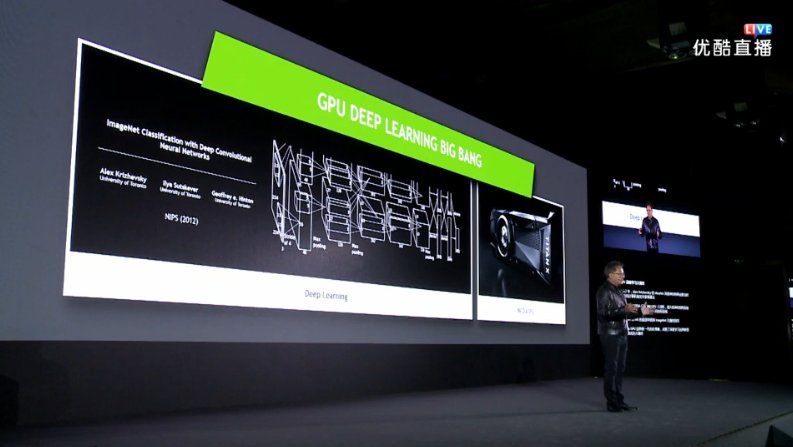 NEWS
NEWS
 NEWS
NEWS
 NEWS
NEWS
Nvidia Corp. has unveiled two more graphics processing unit (GPU) chips aimed at the fast-growing branch of artificial intelligence called deep learning.
At the GPU Technology Conference currently underway in Beijing, Nvidia CEO Jen-Hsun Huang (pictured) introduced the Tesla P4 and Tesla P40 GPUs that form part of the Pascal architecture-based deep learning platform. The company had officially entered the deep learning market in April with the announcement of the 15-billion transistor Tesla P100 chip, aimed at deep learning.
“With the Tesla P100 and now Tesla P4 and P40, Nvidia offers the only end-to-end deep learning platform for the data center, unlocking the enormous power of AI for a broad range of industries,” said Ian Buck, general manager of accelerated computing at Nvidia.
While the Tesla P100 focuses on training tasks, the Tesla P4 and P40 has been designed specifically for inferencing. In response to queries from devices and users, the GPU’s are able to recognize speech, images or text using trained deep neural networks. According to Nvidia, the Tesla P4 and P40 chips have a 45 times faster response rate compared to CPUs while they are four times faster than the GPU chips unveiled less than a year ago.
Tesla P40
The Tesla P4’s low-power design, starting at 50 watts, makes it 40 times more efficient in conducting inferencing in production workloads, compared to CPUs. With 47 tera-operations per second (TOPS) of inference performance, the Tesla P40 offers maximum performance. According to Nvidia, 140 CPU servers can be replaced by eight Tesla P40 accelerators.
In addition to the Tesla P4 and P40 hardware, Nvidia has also launched two software innovations, TensorRT and DeepStream developer kit, to help accelerate AI inferencing. A software library, TensorRT, optimizes deep learning models and deploys instantly for inferencing.
The DeepStream software development kit will allow others to take advantage of the Pascal servers to analyze large-scale HD video streams for applications such as self-driving cars and interactive robots.
It’s still early days for AI chips, but Nvidia’s second-quarter earnings last month showed its business of chips aimed at data centers had grown by 110 percent. The company, though, faces competition from the likes of Intel, which announced its own AI chip at its annual developer conference last month, as well as Google, which has developed a deep learning chip for its own use called the Tensor Processing Unit.
THANK YOU